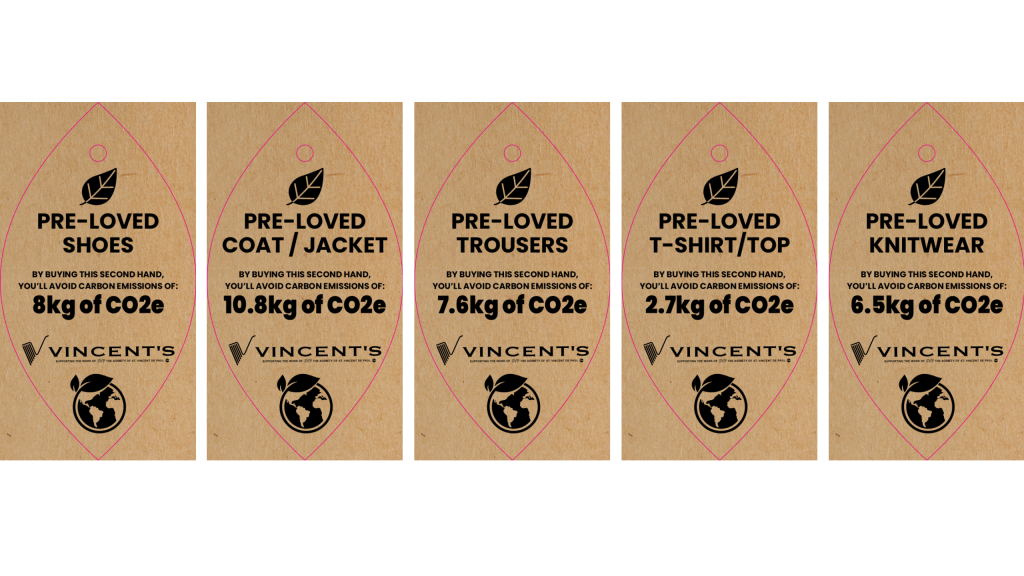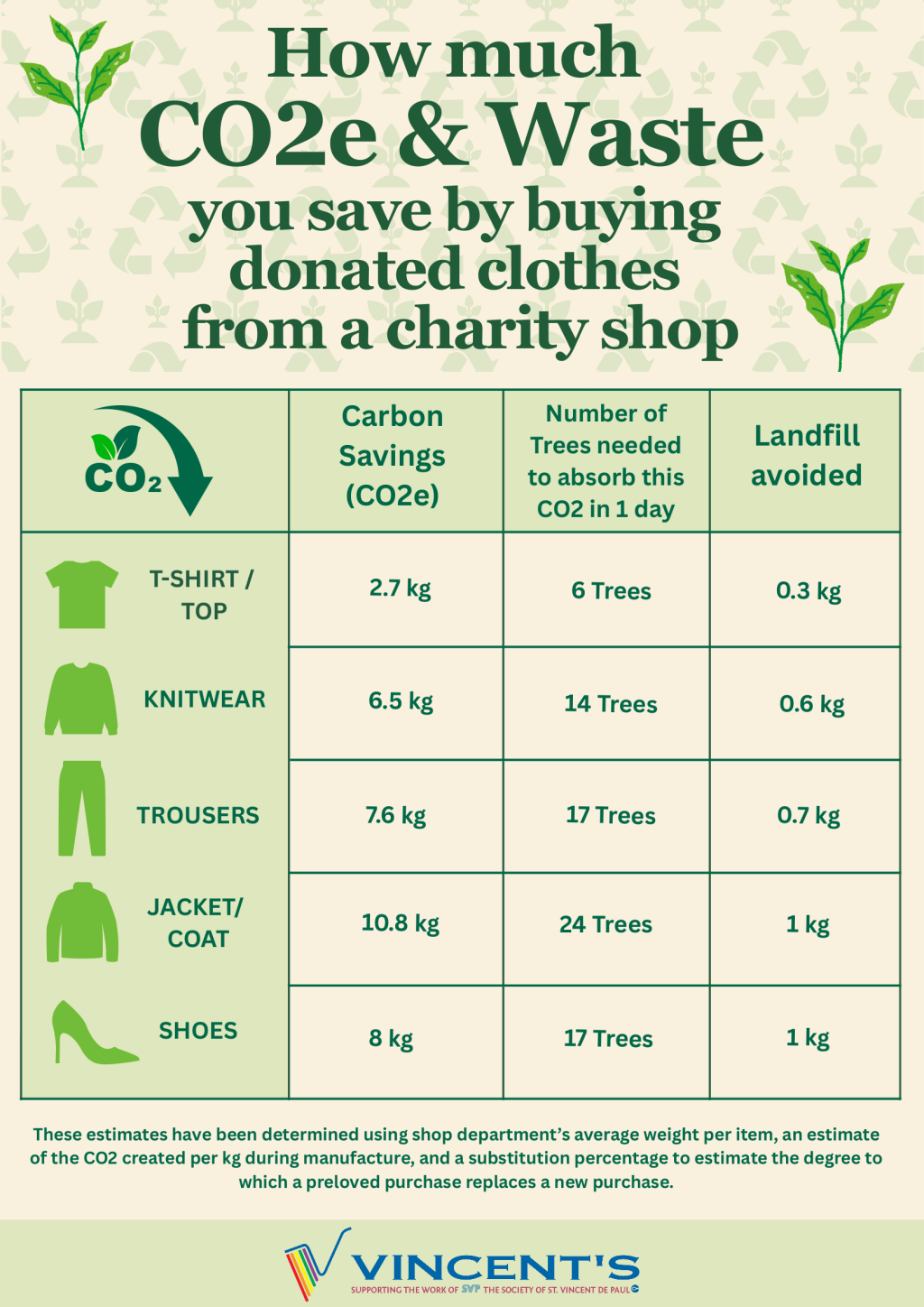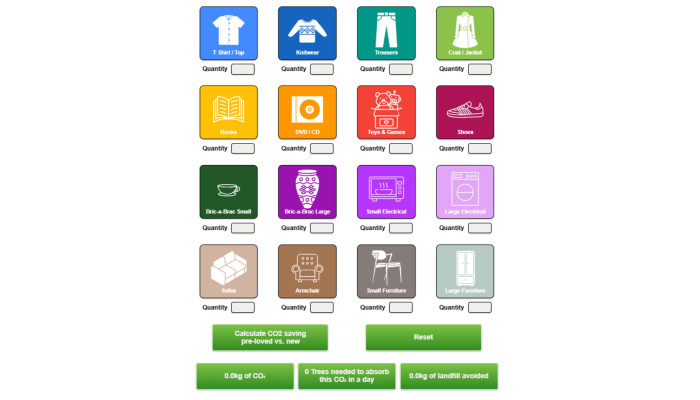The Paris Agreement, implemented from 2016, was a landmark international treaty under the United Nations Framework Convention on Climate Change
Signatories including Ireland and the UK have committed to working towards “net zero” by 2050. As part of this commitment, any emissions produced would be cancelled out by emissions removed and would ensure that global average temperatures would be kept well below 2 degrees Celsius above pre-industrial levels, preferably 1.5 degrees Celsius.
A Climate Action Plan for Ireland
The Irish Government has launched Climate Action Plan 2025 (CAP25), a roadmap developed as part of the Climate Action and Low Carbon Development (Amendment) Act 2021 to meet these climate targets and reduce greenhouse gas emissions by 51% by 2030 and achieve climate neutrality by 2050 as agreed in Paris. CAP25 is the final plan of the first carbon budget before the second carbon budget period of 2026-2030, marking the midway action plan in what has been dubbed “the decade of climate action” by the United Nations.
Ireland is set to miss it’s Carbon Emission Targets
The Environmental Protection Agency is forecasting that reduction in carbon emissions will not reach the requisite 51% by 2030 and is predicting a reduction of just 29% unless efforts are ramped up across all sectors. Emissions have reduced by 6.7% between 2023 and 2024 but EPA predicts an annual reduction of just 4% between now and 2030. Failure to meet these statutory targets will have a massive financial cost for the country in addition to the obvious socio–environmental cost. In 2023 the Department of Environment Climate and Communications (DECC) estimating that fines could amount to €8.1bn whilst the Irish Fiscal Advisory Council in 2024 calculated a potential €20bn price for non-compliance.
“The EPA’s projections show that full delivery of all climate action plans and policies could deliver a 29 per cent reduction in greenhouse gas emissions. This is well short of both our European and National emission reduction targets and highlights the scale of effort required to achieve the required reductions across all sectors of our economy.”
Laura Burke, EPA Director General
So, if all sectors of Ireland’s economy have a role to play in reducing or avoiding carbon emissions, what role should SVP play?
To reduce carbon emissions across all sectors, we are being asked to decarbonise our economy and make our buildings and vehicles more energy efficient whilst reducing what we consume and what we throw away. This applies to what we eat but also what we wear.
The fashion industry is the 4th largest polluter on the planet, an unenviable record fuelled by our habit of buying more than we need and wearing it for a shorter period. The average EU citizen bought 19kg of clothing, footwear and household textiles in 2022 — up from 17kg in 2019, which is enough to fill a large suitcase per person each year according to the EEA briefing ‘Circularity of the EU textiles value chain in numbers’. However, at the launch of “Reverse the trend” campaign in October 2024, Minister of State at the Department of the Environment, Climate and Communication, Ossian Symth stated:
“Ireland has one of the highest rates of new textiles consumption in the EU, at 53 kg per person every year,” Minister Smyth added. “[We need to think] about what we really need, whether we can re wear, share or repair in our collective efforts to reverse the trend.”

Reducing SVP’s carbon footprint
With 220 charity shops across the island of Ireland, we estimate that we receive approximately 17,500 tonnes of donated textiles per year which would otherwise have been destined for landfill. When we add in the additional benefit of the consumer buying a second-hand garment instead of a new one, we begin to realise the true environmental value of buying and selling preloved clothing. WRAP UK estimate that for every five pre-loved items bought, the purchase of three new garments has been avoided, indicating a displacement rate of 64.6%. In addition, our shops receive thousands of tonnes of furniture, books, toys and other preloved donations. It is estimated that for every tonne of clothing and other textiles that are reused, that a saving of 3.6 tonnes of co2e is achieved although the actual range of saving is much broader, from 3 to 20 tonnes of co2e, depending on the textile type and ultimate destination of the garment.
Even using this conservative estimate, our shops across Ireland will deliver a carbon emissions saving of 63,000 tonnes per year, offsetting any of the following activities:
13,000 Irish cars off the road for a year – Equivalent to the annual emissions from 13,000 petrol or diesel vehicles in Ireland (4.7 tonnes CO₂e each), based on average driving distances.
CO₂ absorbed by 2.5 million trees over 1 year – One mature tree absorbs 25kg of CO₂ annually. Over a decade, 2.5 million trees can offset around 63,000 tonnes of CO₂e.
14,000 one-way flights from Dublin to New York – Each passenger flight emits 4.5 tonnes of CO₂e when including the high-altitude climate impact (radiative forcing).
Carbon footprint of twenty-five million new t-shirts – Making a single cotton t-shirt emits 2.5 kg of CO₂e. Reusing textiles instead avoids the emissions tied to manufacturing millions of new garments.

Can SVP strike the balance between being affordable and sustainable?
The cost-of-living crisis has dampened consumer spending in many communities across Ireland with customers seeking out more affordable options particularly when it comes to clothing, but we have also seen a rise in demand for more sustainable product ranges as society navigates its way past the twin challenges of the climate crisis and the cost-of-living crisis. To assist customers making more ethical choices, Vincent’s will now advise customers of the carbon emissions saving when top selling products are purchased in any of our 220 charity shops.
The Society of St Vincent de Paul is committed to supporting the UN Sustainable Development Goals and the retail team is very conscious of the damage that the over consumption and over production of fast fashion is doing to our environment and has developed a more circular business model using a national network of Order Fulfilment Centres and EPoS technology to promote reuse. The obvious next step is to look at the impact of this work on carbon emissions so it’s very encouraging to see that even using our conservative estimates, the Vincent’s textile management programme is contributing to the avoidance of more than 64,000 tonnes of Co2e, which is 0.1% of the national annual total.



